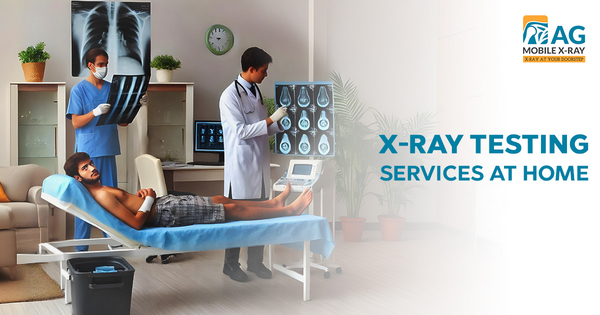ALL BUSINESS
COMIDA
DIRECTORIES
ENTERTAINMENT
FINER THINGS
FREE CREATOR TOOLS
HEALTH
MARKETPLACE
MEMBER's ONLY
MONEY MATTER$
MOTIVATIONAL
NEWS & WEATHER
TECHNOLOGIA
TV NETWORKS
VIDEOS
VOTE USA 2026/2028
INVESTOR RELATIONS
ALL BUSINESS
COMIDA
DIRECTORIES
ENTERTAINMENT
FINER THINGS
FREE CREATOR TOOLS
HEALTH
MARKETPLACE
MEMBER's ONLY
MONEY MATTER$
MOTIVATIONAL
NEWS & WEATHER
TECHNOLOGIA
TV NETWORKS
VIDEOS
VOTE USA 2026/2028
INVESTOR RELATIONS

In today’s rapidly evolving healthcare landscape, accessibility to diagnostic services plays a pivotal role in improving patient outcomes. While urban centers boast advanced medical infrastructure, rural and remote areas often struggle with limited access to basic healthcare services. This is where Camp X-ray services come into the picture, revolutionizing diagnostic care by bringing radiology services directly to underserved regions.
This blog explores the significance, benefits, and future potential of Camp X-ray services, particularly in improving access to diagnostic tools in remote locations.
Camp X-ray services refer to portable or mobile radiology setups that provide on-the-spot X-ray imaging services in non-hospital settings. These services are typically deployed in:
By leveraging portable X-ray machines and trained technicians, these services aim to deliver quick and accurate diagnoses, bridging the gap in healthcare accessibility.
Camp X-ray services ensure that people in remote and underserved regions have access to basic diagnostic imaging without traveling long distances. This is especially crucial for elderly patients, children, and those with mobility challenges.
Timely diagnosis is key to effective treatment. By offering on-site imaging, Camp X-ray services expedite the diagnostic process, enabling early intervention and better health outcomes.
For patients and families in remote areas, traveling to urban centers for diagnostic services can be financially draining. Camp X-ray services eliminate the need for travel, making healthcare more affordable.
During natural disasters or emergencies, Camp X-ray services play a vital role in assessing injuries and fractures on the spot. This allows for immediate treatment, potentially saving lives.
Camp X-ray services rely on portable X-ray machines, which are compact, lightweight, and easy to set up. Here’s how they typically operate:
Healthcare providers set up X-ray camps in designated locations, such as community centers, schools, or temporary shelters.
Patients requiring diagnostic imaging are registered, and trained technicians perform the X-rays using portable machines.
Digital X-ray images are instantly uploaded to cloud-based systems or transmitted to radiologists for analysis.
Radiologists review the images and provide diagnostic reports, which are shared with the patients and attending physicians.
Patients are guided on the next steps, including further tests, medication, or referral to specialists if necessary.
Camp X-ray services are extensively used in TB screening campaigns, especially in high-burden areas. Portable X-rays help identify pulmonary abnormalities, aiding in early diagnosis and treatment.
From fractures to joint dislocations, Camp X-ray services are invaluable in diagnosing orthopedic conditions in rural areas.
Conditions like pneumonia, asthma, and COVID-19 can be assessed through chest X-rays, which are often the first step in diagnosis.
Mobile mammography units, a specialized form of Camp X-ray service, are increasingly used for early detection of breast cancer in women.
While Camp X-ray services offer immense benefits, they also face certain challenges:
The future of Camp X-ray services lies in technological advancements and better integration with healthcare systems. Here’s what we can expect:
AI-powered software can analyze X-ray images in real time, providing instant diagnostic insights and reducing reliance on human radiologists.
To address power issues in remote areas, solar-powered portable X-ray machines are being developed.
Beyond X-rays, mobile diagnostic camps may include services like ultrasound, ECG, and blood tests, offering comprehensive care.
Increased funding and partnerships with non-governmental organizations can expand the reach of Camp X-ray services to the most underserved populations.
Conclusion
Camp X-ray services represent a transformative approach to diagnostic care, ensuring that even the most remote communities have access to essential medical imaging. By reducing the barriers of distance, cost, and time, these services pave the way for healthier, more equitable societies.


